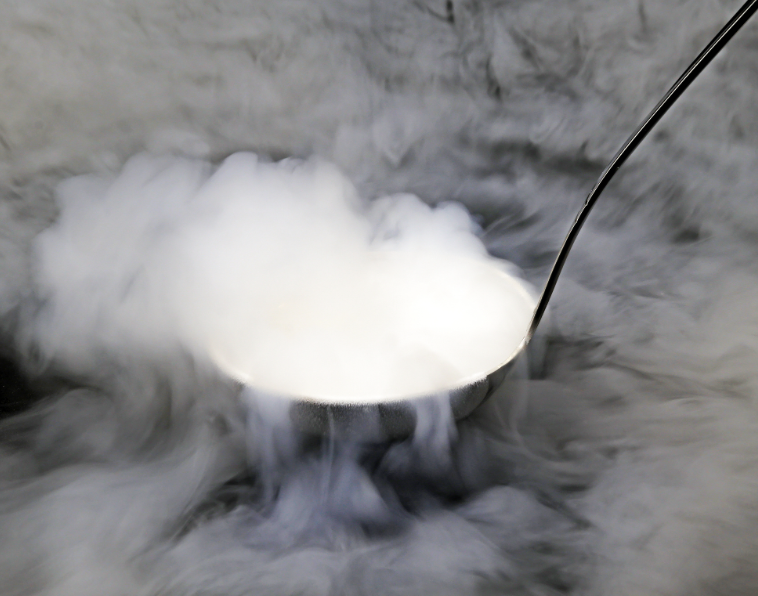Proper Preparation of Fresh Frozen Tissue Post-Collection
Written by: BioSample Connect Staff

1. Immediate Preservation is Key
Once tissue samples are collected, the clock starts ticking. Cellular degradation and enzymatic activity can rapidly compromise sample integrity. Immediate preservation is crucial to halt this process.
Step-by-step process:
- Rapid transfer: Transport the tissue from the collection site to the preservation area as quickly as possible.
- Pre-cooling: Before freezing, keep the sample on ice or at 4°C to prevent heat damage or accelerated degradation.
According to a study published in Nature Protocols, tissue samples should be frozen within 30 minutes of excision to preserve RNA, protein, and DNA quality [1].
2. Freezing Methods: Snap-Freezing for Optimal Preservation
For fresh frozen tissue, snap-freezing in liquid nitrogen or on dry ice is the most effective method. This technique ensures rapid cooling, preventing the formation of ice crystals that could disrupt cellular structures.
How to snap-freeze:
- Liquid nitrogen: Submerge the tissue in liquid nitrogen, ensuring rapid freezing. This method is preferred for preserving high molecular weight DNA and RNA.
- Dry ice and isopropanol bath: An alternative to liquid nitrogen, this method also provides fast freezing. Samples are placed in a bath of dry ice and isopropanol for a less aggressive, yet effective, freeze.
Make sure to avoid slow freezing, as it allows the formation of ice crystals, which can cause significant tissue damage, particularly to delicate samples like brain or skeletal muscle [2].
3. Storage Conditions: Temperature and Duration Matter
Once the tissue is frozen, maintaining an appropriate storage environment is critical. Fresh frozen tissues are typically stored at ultra-low temperatures to prevent enzymatic activity and degradation.
Storage guidelines:
- Long-term storage: Keep tissues at -80°C or lower in dedicated ultra-low temperature freezers. If liquid nitrogen storage is available, consider this option for long-term preservation.
- Minimize freeze-thaw cycles: Avoid multiple freeze-thaw cycles, as these can lead to sample degradation. Aliquoting the tissue during initial processing can help minimize the need to refreeze samples.
Studies show that improperly stored tissues can suffer from significant loss of molecular integrity, reducing the usefulness of the sample in research [3].
4. Handling During Transport: Maintaining the Cold Chain
During transportation from the collection site to the research facility, maintaining the cold chain is essential. Any interruption can result in thawing, leading to degradation and loss of valuable biological material.
Best practices for transport:
- Use dry ice or liquid nitrogen: Transport frozen tissue on dry ice or in a liquid nitrogen dry shipper to maintain the ultra-cold temperature.
- Monitor temperature: Utilize temperature data loggers to track conditions throughout the shipping process, ensuring the cold chain remains intact [3].
Final Thoughts
At BioSample Connect, we take pride in delivering high-quality fresh frozen tissue samples. By adhering to these best practices, we ensure that our clients receive the most viable and intact samples for their critical research needs. Proper handling from the moment of collection through freezing, storage, and transport is the cornerstone of successful biological sample management.
By understanding and implementing these protocols, researchers can maximize the integrity of their tissue samples, leading to more reliable and reproducible study results.
References:
- "Tissue Preparation for RNA Sequencing", Nature Protocols, 2022.
- Santoro et al., "Best Practices in Tissue Freezing for Genomic Analysis", Biotechniques, 2021.
- NCI, "Preservation of Biological Samples", Cancer Research Journal, 2020.
.png?width=100&height=109&name=FullLogo_Transparent_NoBuffer%20(10).png)